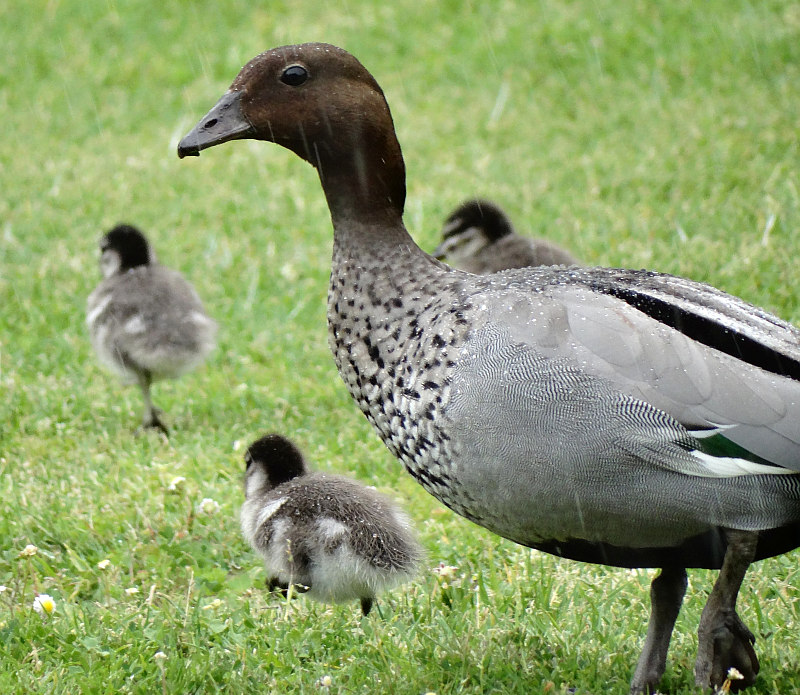Along many creeks flowing via native bushland reserves there are numerous ponds or deeper swimming pools. Hidden In The Hills: Ducks frequent the larger swimming pools in search of food in addition to establishing a secure nesting setting in thicker vegetation across the shoreline.
One such bird is the Pacific Black Duck (Anas superciliosa). Although it's present in suitable habitats all through Australia, it is usually a wary chook when not accustomed to people.
It may be solitary, but also gathers in pairs and small teams. When breeding, mature geese are mostly seen in pairs as they dabble along the perimeters of water courses trying to find aquatic plants.
This frequent species is characterised by a distinctive blue invoice, black and white markings on its head, with its neck and body being coated in dappled dark brown plumage.

Other geese that frequent bushland waterways are the Australian Wood Duck (Chenonetta jubata) and the Australian Shellduck (Tadorna tadornoides). All three mostly favor a hollow in a tree for nesting which is just a brief distance above the ground in shut proximity to water.
These three species could lay as a lot as 10 eggs every. The clutch leaves the nest very soon after delivery. Both mother and father take significantly the duty of elevating and defending their household. The Australian Wood duck illustrated has a clutch of no less than thirteen chicks to look after.
When younger, the new child ducklings are confined to the ground, concealing themselves in long grass not removed from the mother or father birds. They even have the flexibility to swim within a couple of days of hatching.
See related story: Hidden in the Hills: Kunzeas
Table of Contents
One such fowl is the Pacific Black Duck (Anas superciliosa). Although it is present in appropriate habitats throughout Australia, it is typically a cautious bird when not accustomed to individuals.
